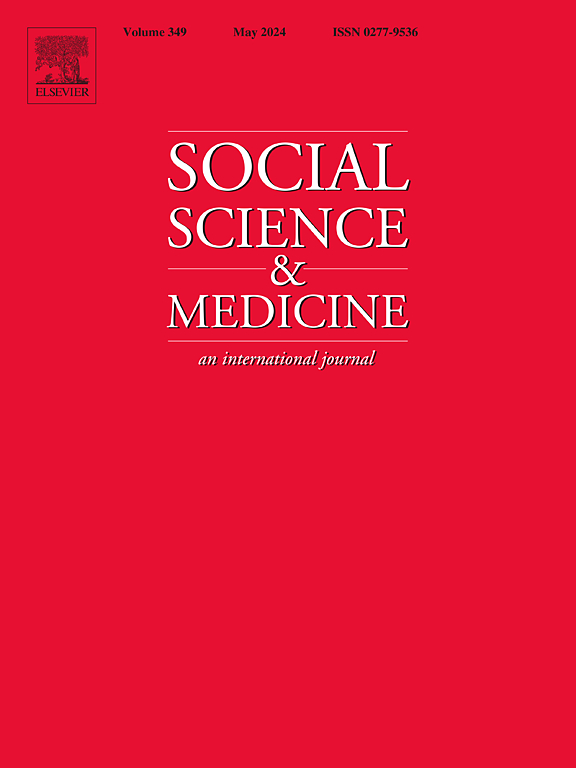Carceral heat exposure as harmful design: An integrative model for understanding the health impacts of heat on incarcerated people in the United States
IF 4.9
2区 医学
Q1 PUBLIC, ENVIRONMENTAL & OCCUPATIONAL HEALTH
引用次数: 0
Abstract
In an era of climate change-driven weather events, extreme heat has become the most lethal form of “natural disaster” in the United States. However, its negative consequences are unequally distributed. Incarceration exacerbates vulnerability to heat-related illnesses and deaths. This article reviews and synthesizes a range of literature related to carceral heat exposure to characterize the complex biological, social, infrastructural, financial, and legal mechanisms through which incarcerated people experience heat-related illnesses and deaths. These mechanisms include the location, design, and construction of carceral facilities; structural racism and poverty that lead to the overrepresentation of specific populations within the carceral system; comorbid conditions amongst incarcerated people; the use of medication as a form of control; barriers to medical care; institutional neglect; and the weaponization of heat as a tactic of retaliation. This article also reviews the patchwork regulatory apparatus related to carceral heat exposure, legal efforts to improve protections for incarcerated people, and obstacles to implementing those protections.
In reviewing the literature, we find that there is no singular factor that explains how and why incarcerated people are especially vulnerable to the deleterious effects of heat. We offer instead an integrative model for understanding how multiple mechanisms are consolidated by the carceral system, magnifying the vulnerability of incarcerated people to the effects of heat. As social scientists have demonstrated in other contexts, no one dies from a heat wave alone; instead, they experience illness and death as a result of social and infrastructural arrangements that render them vulnerable to the effects of heat. Our aim is to elucidate the specific arrangements through which the carceral system makes people vulnerable to heat. We argue that exposure to debilitating heat and its attendant consequences represent more than a failure of the carceral system – rather, they reveal its fundamentally harmful design.
求助全文
约1分钟内获得全文
求助全文
来源期刊

Social Science & Medicine
PUBLIC, ENVIRONMENTAL & OCCUPATIONAL HEALTH-
CiteScore
9.10
自引率
5.60%
发文量
762
审稿时长
38 days
期刊介绍:
Social Science & Medicine provides an international and interdisciplinary forum for the dissemination of social science research on health. We publish original research articles (both empirical and theoretical), reviews, position papers and commentaries on health issues, to inform current research, policy and practice in all areas of common interest to social scientists, health practitioners, and policy makers. The journal publishes material relevant to any aspect of health from a wide range of social science disciplines (anthropology, economics, epidemiology, geography, policy, psychology, and sociology), and material relevant to the social sciences from any of the professions concerned with physical and mental health, health care, clinical practice, and health policy and organization. We encourage material which is of general interest to an international readership.
 求助内容:
求助内容: 应助结果提醒方式:
应助结果提醒方式:


